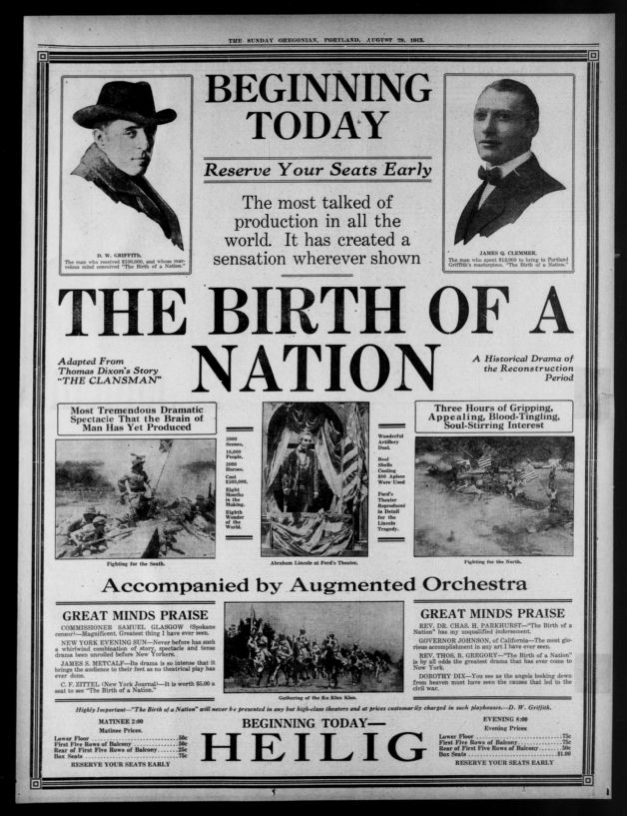Creating a "Must-See" Film Experience in 1916 Medford, Oregon
“Last Time Tonight…Thos. H. Ince’s $1,000,000 Mammoth Cinema Spectacle,” reads an October 14, 1916 advertisement for the Page theater in the Medford Mail Tribune. This advertisement would have likely been quite successful in attracting a crowd for several reasons.

